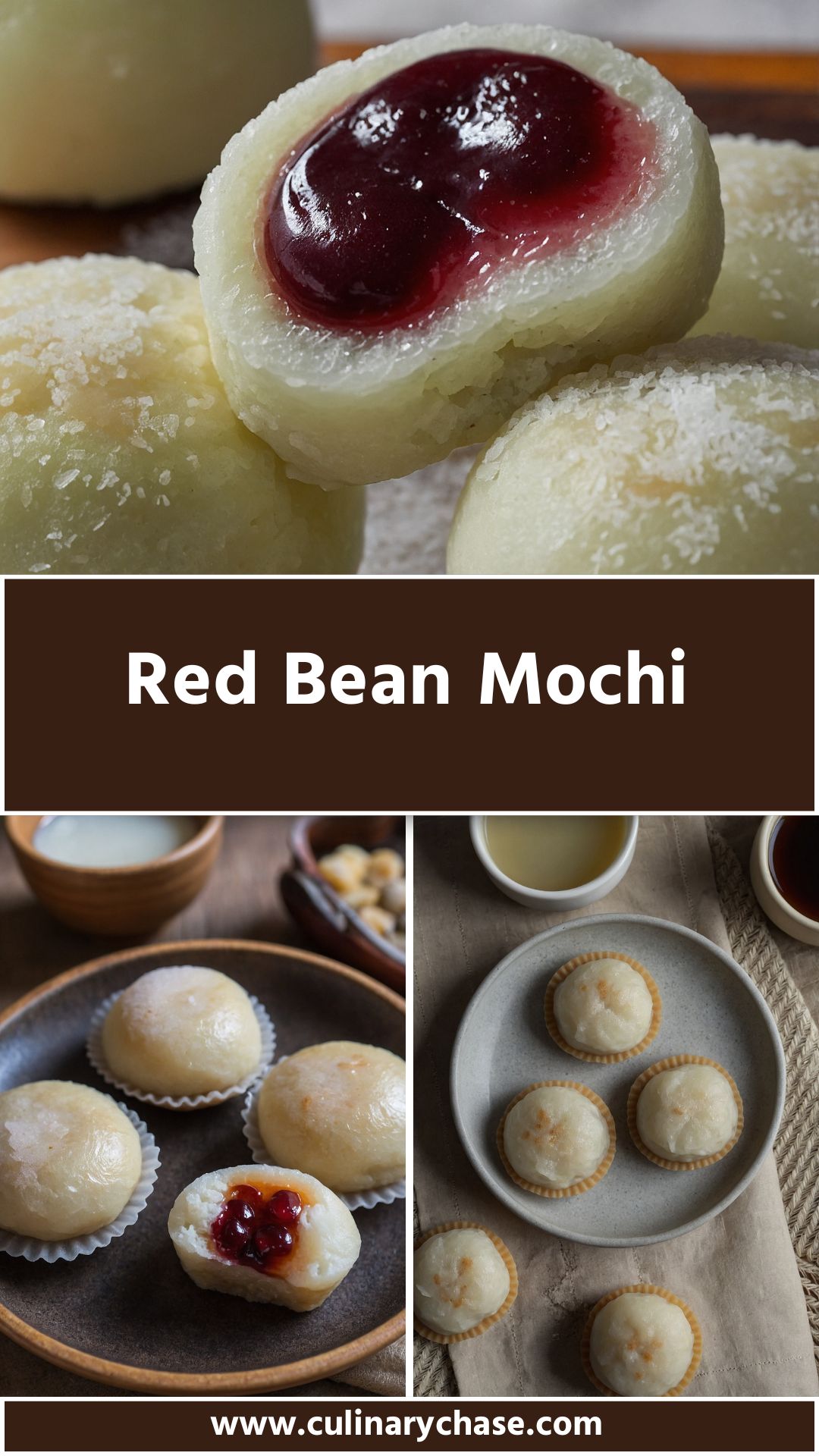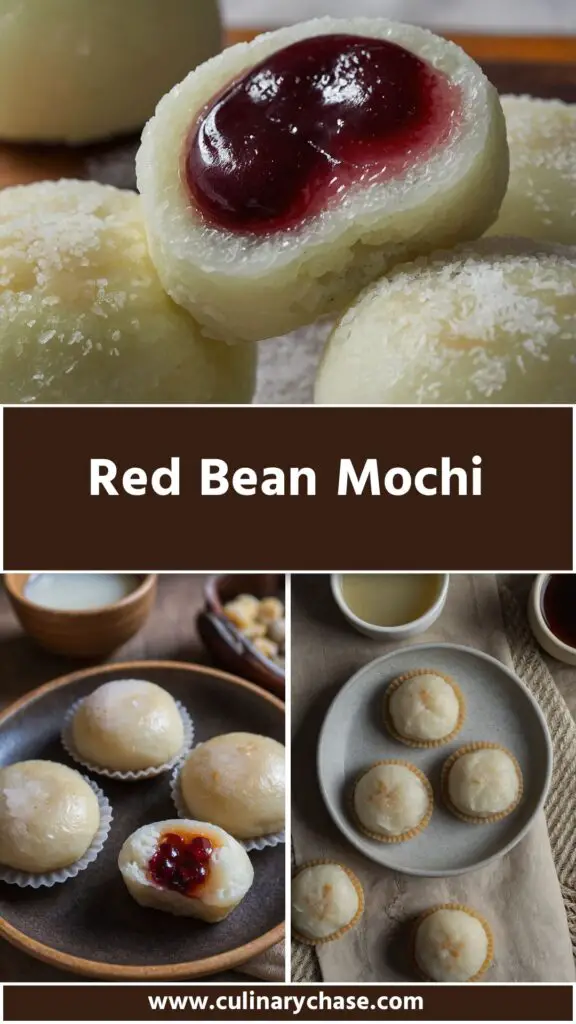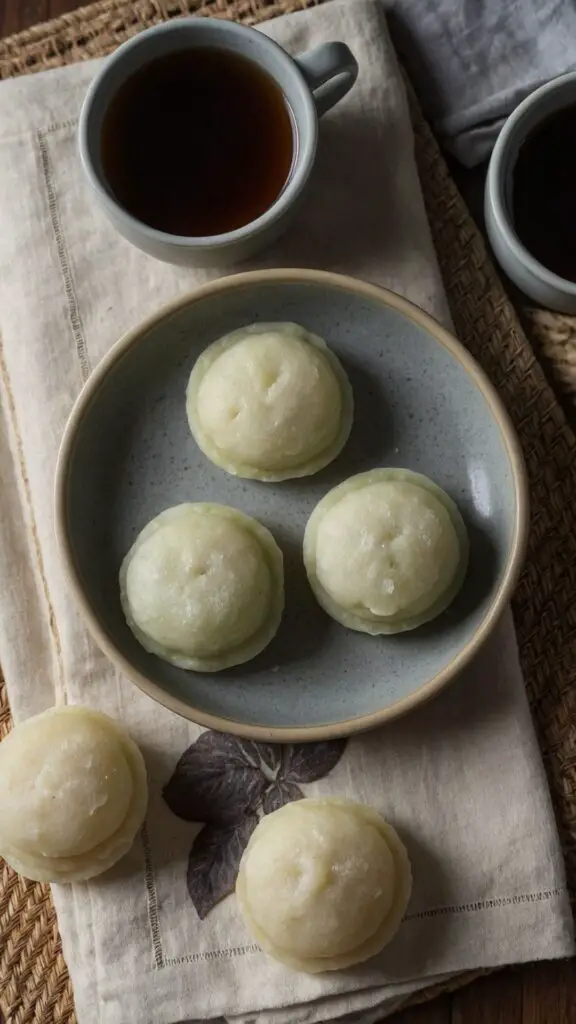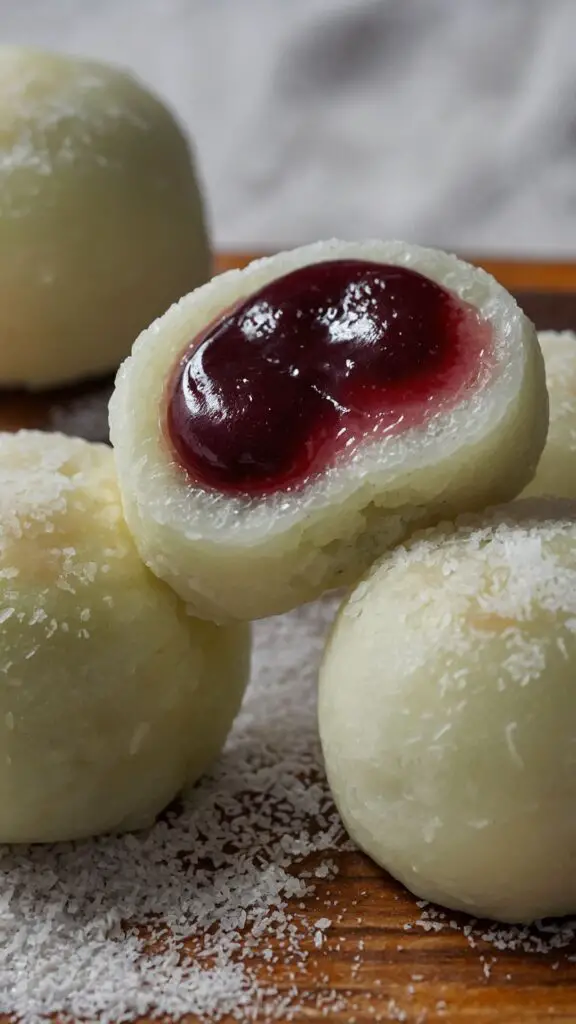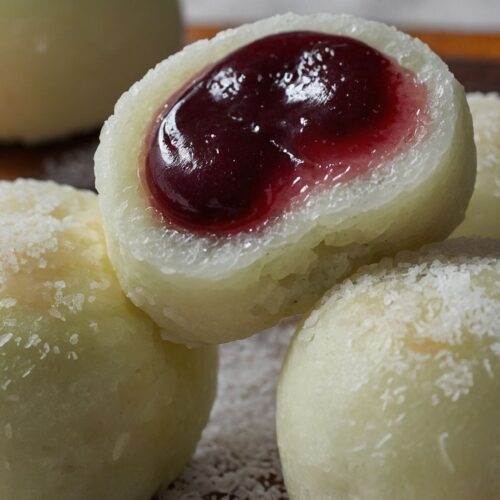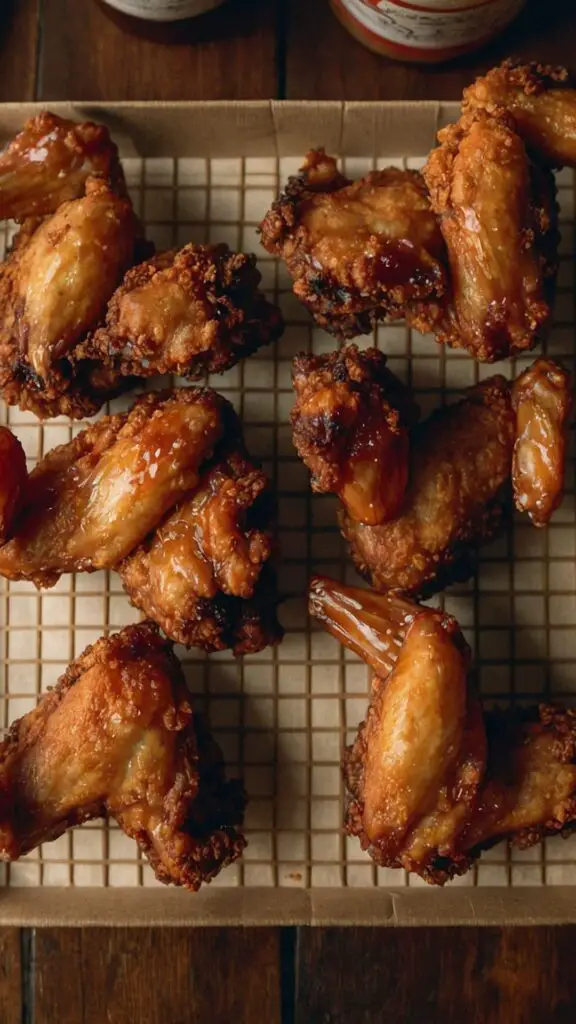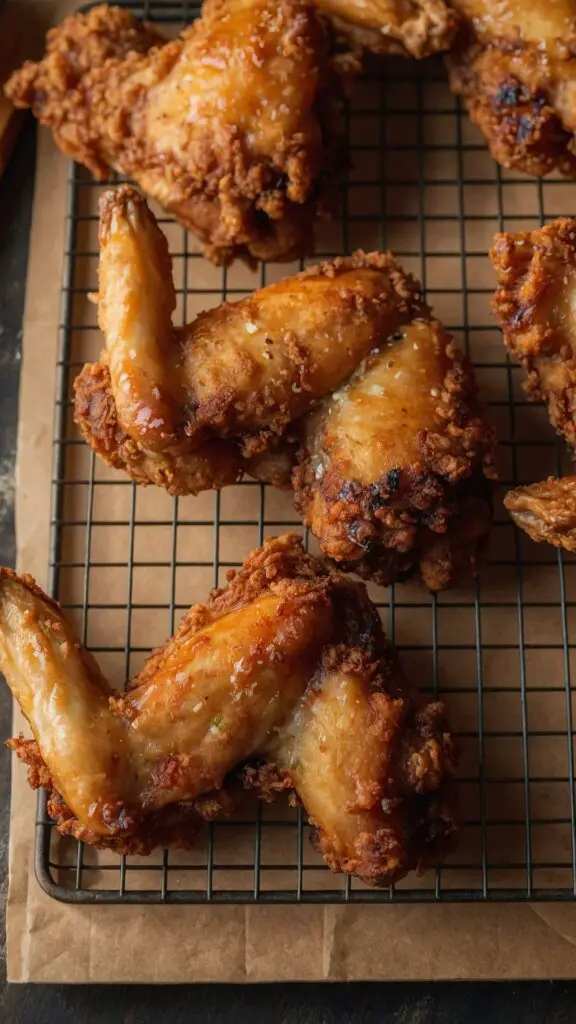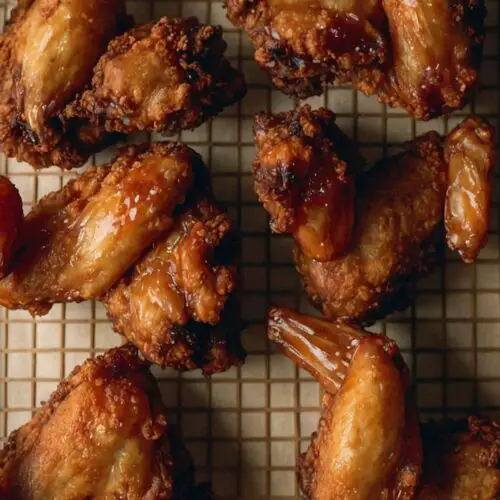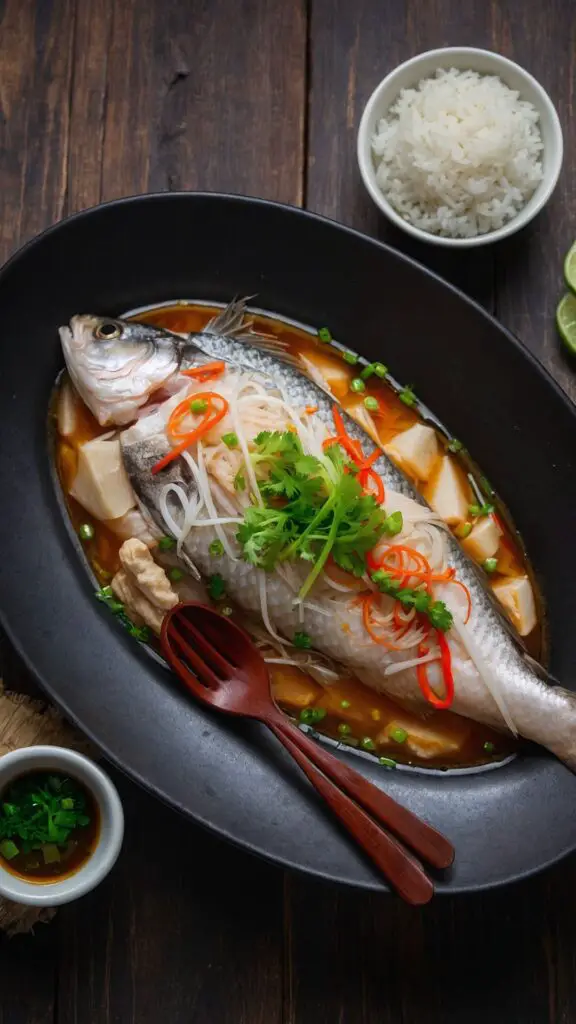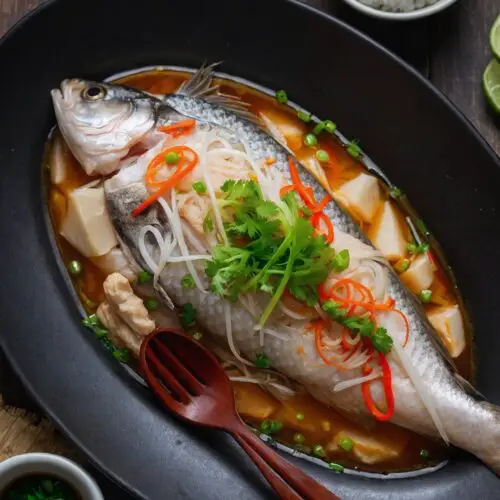Fried chicken wings are a classic favorite, and what pairs well with them can elevate your meal to a whole new level. Depending on your mood or occasion, you can experiment with various sides to please your palate. Think crispy coleslaw – its crunch and tang contrast beautifully with the wings. Got a sweet tooth?
How about some honey-glazed cornbread? Its buttery goodness complements the savory notes of the chicken. For a lighter touch, consider a zesty cucumber salad, balancing the rich flavors with freshness. Last but not least, classic French fries can never go wrong. There’s something about that golden crispiness that sings alongside those flavorful wings.
Oh, fried chicken wings. If there’s an analogy for happiness, these crispy delights might just be it. There’s something special about reaching into a basket and pulling out that perfect piece. Growing up, takeout nights with wings became a ritual for my family.
Fast forward to today, I found myself craving that familiar taste. I decided to craft my very own takeout-style fried chicken wings. Spoiler alert: it’s a game-changer!
What Is Fried Chicken Wings Takeout Style?
Fried chicken wings takeout style involves a process that results in ultra-crispy, richly seasoned wings that can transport you straight to your favorite local joint. They typically boast a beautiful golden-brown hue, a texture that’s crunchy on the outside, and juicy tenderness within.
It’s the magic of deep frying combined with aromatic flavors that leaves everyone wanting more. These wings are versatile; you can toss them in your favorite sauce or leave them plain as a canvas for dipping.
You will also like the following Appetizers recipes!
Why This Recipe Works?
Here’s the kicker—this recipe is not just another run-of-the-mill wing dish. It’s crafted with intention. Here are four solid reasons why this recipe stands out:
1. Superior Flavor Profile
The mix of soy sauce, Shaoxing rice wine, and five-spice powder creates a deep, rich flavor. Every bite is a delightful punch of umami that lingers in your mouth.
2. Perfectly Crispy Texture
Achieving the perfect crunch requires a blend of cornstarch and flour. This combination ensures the wings fry beautifully, creating that coveted texture with each piece.
3. Simple Ingredients
You don’t need a supermarket full of spices and sauces. Just a handful of accessible ingredients is required, making this recipe user-friendly for anyone in the kitchen.
4. Customizable
Wings offer versatility like no other dish. You can coat them in sauce or enjoy them plain. This recipe lays a strong foundation, allowing room for creativity.
Ingredients You’ll Need To Make These Fried Chicken Wings Takeout Style
Before diving into the cooking, let’s gather our ingredients:
- 2 ½ pounds fresh whole chicken wings (about 10–12 pieces, rinsed and thoroughly patted dry)
- 1 large egg, lightly beaten
- 1 tablespoon light soy sauce
- 1 tablespoon Shaoxing rice wine
- 1 teaspoon toasted sesame oil
- 1 teaspoon minced fresh ginger
- 1 ½ teaspoons fine sea salt
- ¼ teaspoon ground white pepper
- 1/8 teaspoon freshly ground black pepper
- ½ teaspoon granulated sugar
- ½ teaspoon five-spice powder (optional)
- 1 tablespoon cornstarch
- 2 tablespoons plain all-purpose flour
- Neutral oil, for deep frying
How To Make These Fried Chicken Wings?
Get your apron on; it’s time to make some wings!
Step 1: Prepare the Marinade
In a bowl, combine the beaten egg, soy sauce, Shaoxing rice wine, and sesame oil. Mix well until fully combined. Add in the minced ginger, sea salt, white pepper, black pepper, sugar, and optional five-spice powder. Stir until you have a smooth marinade.
Step 2: Marinate the Chicken Wings
Place your rinsed and dried chicken wings in a large bowl. Pour the marinade over the wings. Make sure every piece is coated. Let it sit for at least 30 minutes. For best results, marinate for a few hours or even overnight in the refrigerator.
Step 3: Prepare for Frying
After marination, combine the cornstarch and flour in a separate bowl. Remove the wings from the marinade, letting excess liquid drip off. Dredge each wing in the flour-cornstarch mixture, ensuring an even coating. Shake off any excess.
Step 4: Heat the Oil
In a deep frying pan or pot, heat about 2-3 inches of neutral oil to 350°F (175°C). You can check the temperature using a kitchen thermometer. If you don’t have one, drop a small bit of batter into the oil; if it sizzles, you’re good to go!
Step 5: Fry the Wings
Carefully place a few wings into the hot oil, making sure not to overcrowd the pan. Fry in batches if necessary. Cook for about 8-10 minutes, turning occasionally until they’re golden brown and crispy.
Step 6: Drain and Serve
Once cooked, remove the wings from the oil and drain on paper towels. This will help absorb excess oil and keep them crispy. Serve hot, and don’t forget the dipping sauce!
Tips for Perfect Fried Chicken Wings
- Use Fresh Wings: Fresh wings yield the best flavor and texture compared to frozen ones.
- Temperature Control: Keep the oil temperature steady. Too low, and wings can become greasy; too high, and they’ll burn outside while remaining raw inside.
- Don’t Skip the Marinade: Allowing the wings to soak up the flavors deeply amplifies the taste. Be patient!
- Fry in Batches: Avoid overcrowding the pan. This prevents temperature drops and ensures even cooking.
- Experiment with Sauces: Try different sauces post-frying, like buffalo, BBQ, or honey garlic.
Nutritional Information
One serving (3 wings, estimated without sauce):
- Calories: 260
- Protein: 20g
- Fat: 18g
- Carbohydrates: 7g
- Fiber: 0g
- Sugars: 1g
(The values can vary based on frying methods and any sauces used.)
How to Store the Leftovers?
If you find yourself with extra wings, fear not! Allow them to cool down before transferring them to an airtight container. They can be stored in the fridge for up to three days. Just remember to reheat them in the oven or air fryer to regain that crispy goodness. Avoid the microwave if you want to keep that crunch!
What Are Some Recommended Side Dishes for Fried Chicken Wings Takeout Style?
Here are four side dish champions to complement those wings:
1. Coleslaw
The creaminess and crunch of coleslaw provide a refreshing contrast. The tanginess cuts through the fried richness of wings, creating a satisfying combo. Add some sliced jalapeños for an exciting twist.
2. Potato Wedges
Golden-brown wedges seasoned with herbs are the perfect companion. They soak up any extra sauce that might drip off the wings. Plus, who doesn’t love potatoes?
3. Garlic Bread
You can’t go wrong with some toasted garlic bread next to fried chicken. The buttery, garlicky goodness adds a rich dimension to the meal.
4. Veggie Sticks with Dip
Maintain a healthy balance with crunchy carrot and cucumber sticks. Pair them with a ranch or blue cheese dip for that classic wing experience.
Substitute Options for Ingredients
Sometimes life throws a curveball, and you might not have all the ingredients on hand. Here are some substitutes:
1. Shaoxing Rice Wine
If you can’t find this ingredient, dry sherry or even white wine can stand in as an acceptable substitute.
2. Light Soy Sauce
If you’re out of light soy sauce, you can use tamari for a gluten-free option or regular soy sauce, but adjust the salt in the recipe accordingly.
3. Cornstarch
In a pinch, you can use all-purpose flour solely, but it won’t yield the same crispiness as a cornstarch-flour combo.
4. Five-Spice Powder
Don’t fret if this isn’t in your spice rack; a mix of cinnamon, star anise, and black pepper can mimic a bit of that flavor profile.
Fried Chicken Wings Takeout Style
Fried chicken wings are a classic favorite, and what pairs well with them can elevate your meal to a whole new level. Depending on your mood or occasion, you can experiment with various sides to please your palate
Prep Time 2 hours hrs
Cook Time 20 minutes mins
Total Time 2 hours hrs 20 minutes mins
Course Appetizer, Main Dish
Cuisine American
Servings 10 wings
Calories 260 kcal
- 2 ½ pounds fresh whole chicken wings about 10–12 pieces, rinsed and thoroughly patted dry
- 1 large egg lightly beaten
- 1 tablespoon light soy sauce
- 1 tablespoon Shaoxing rice wine
- 1 teaspoon toasted sesame oil
- 1 teaspoon minced fresh ginger
- 1 ½ teaspoons fine sea salt
- ¼ teaspoon ground white pepper
- 1/8 teaspoon freshly ground black pepper
- ½ teaspoon granulated sugar
- ½ teaspoon five-spice powder optional
- 1 tablespoon cornstarch
- 2 tablespoons plain all-purpose flour
- Neutral oil for deep frying
Step 1: Prepare the Marinade
In a bowl, combine the beaten egg, soy sauce, Shaoxing rice wine, and sesame oil. Mix well until fully combined. Add in the minced ginger, sea salt, white pepper, black pepper, sugar, and optional five-spice powder. Stir until you have a smooth marinade.
Step 2: Marinate the Chicken Wings
Step 3: Prepare for Frying
After marination, combine the cornstarch and flour in a separate bowl. Remove the wings from the marinade, letting excess liquid drip off. Dredge each wing in the flour-cornstarch mixture, ensuring an even coating. Shake off any excess.
Step 4: Heat the Oil
In a deep frying pan or pot, heat about 2-3 inches of neutral oil to 350°F (175°C). You can check the temperature using a kitchen thermometer. If you don’t have one, drop a small bit of batter into the oil; if it sizzles, you’re good to go!
Step 5: Fry the Wings
Carefully place a few wings into the hot oil, making sure not to overcrowd the pan. Fry in batches if necessary. Cook for about 8-10 minutes, turning occasionally until they’re golden brown and crispy.
- Use Fresh Wings: Fresh wings yield the best flavor and texture compared to frozen ones.
- Temperature Control: Keep the oil temperature steady. Too low, and wings can become greasy; too high, and they’ll burn outside while remaining raw inside.
- Don’t Skip the Marinade: Allowing the wings to soak up the flavors deeply amplifies the taste. Be patient!
- Fry in Batches: Avoid overcrowding the pan. This prevents temperature drops and ensures even cooking.
- Experiment with Sauces: Try different sauces post-frying, like buffalo, BBQ, or honey garlic.
Calories: 260kcalCarbohydrates: 7gProtein: 20gFat: 18gSugar: 1g
Keyword Fried Chicken Wings Takeout Style
Frequently Asked Questions
1. Can I bake these chicken wings instead of frying them?
Absolutely, you can bake them! Bake at 425°F (220°C) for about 35-45 minutes, flipping halfway through. You won’t get the same deep-fried texture, but they can still be deliciously crispy.
2. How do I get extra crispy wings?
After dredging, let wings sit for about 30 minutes before frying. This step helps the coating adhere and creates an extra crunch.
3. What sauces work well with fried chicken wings?
Some fan favorites include classic buffalo, honey BBQ, teriyaki, or sriracha lime. Choose based on your heat tolerance and flavor preference!
4. How long does it take to marinate the wings?
A minimum of 30 minutes is ideal, but for that extra flavor, try for several hours or overnight.
5. Can I use frozen wings for this recipe?
You can, but thaw them first to allow for an even marinade. Also, keep in mind they may require slightly longer cooking time.
Conclusion
This takeout-style fried chicken wing recipe captures the essence of comfort food perfectly. Gathering with friends or family around a plate of these crunchy delights takes me back to my childhood takeout nights, and I’m sure it will do the same for you. With simple ingredients and easy steps, this dish guarantees a burst of flavor.
The best part? Each bite transports you to a world where crispy texture and savory seasoning reign supreme. So go ahead, treat yourself and your loved ones. Dive into this recipe and let the deliciousness unfold. Happy frying!
You’ll also like these latest recipes!



